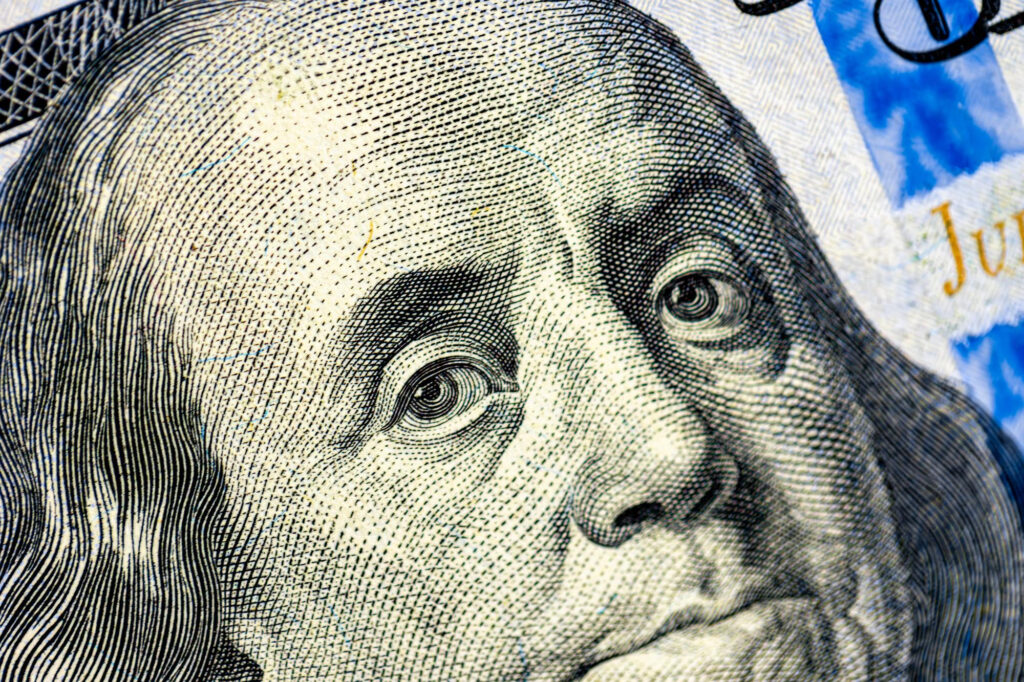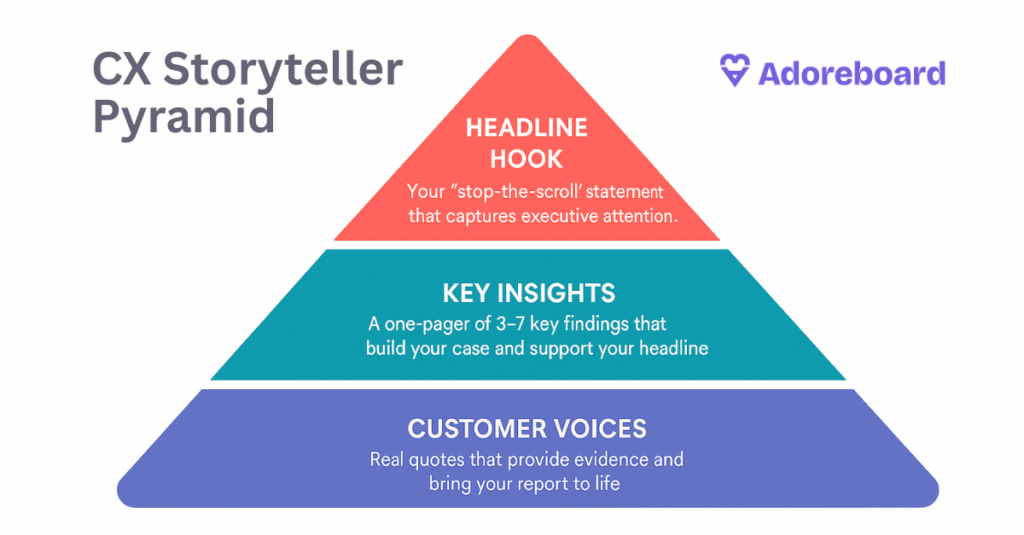(img src Wikipedia)
A guest post from Kevin J. Sullivan who staffed out three national presidential campaigns in the United States during the 1970’s and 1980s…
When I first got into politics and campaigns in the early 1970’s the old city political machines that had served the Irish so well in their climb to power in the 20th century still existed in places like New York City, Chicago, Boston and few other places like Hudson County in New Jersey…
They were being tested by young reformers like myself who had entered politics to protest the Vietnam War and who had campaigned for Eugene McCarthy in 1968 and George McGovern in 1972. We were the young and enthusiastic but I soon discovered that the old political bosses played the game better than we did when it came to getting and holding on to political power.
In 1972, I was helping to run the political campaign of Al Lowenstein, the founder of the “Dump LBJ” campaign in 1968. We thought we had a chance of getting Lowenstein elected to Congress from Brooklyn, NYC and brought in hundreds of young college volunteers to turn out the vote. We went door to door registering new voters and we even arranged for the widow of Dr. Martin Luther King. Jr. to send Western Union telegram to thousands of minority voters urging them to vote for Al. Flooding a district with telegrams was considered high tech back then. What we didn’t count on was the ward bosses moving the polling places on Election Day in the heavily minority parts of the district. It was illegal to be sure, the Courts sided with us when we demanded a new election but the Bosses knew they could beat us in special election when the turnout was lower and beat us they did.
A year later in 1973 I was working for the Democratic reform candidate for Governor of New Jersey Brendan Byrne. We had one great advantage over all the other candidates. We had a tape of a New Jersey mafia boss saying that Bryne was “clean’ and couldn’t be bought. But we needed one more thing to win the primary – the support of the old Hudson County political organization. This was an odd dynamic to say the least. The Hudson County Democratic Organization had a long and glorious history of political corruption but you had to deal with them.
The Organization’s ability to deliver 20 percent of the primary vote was almost always decisive in terms of who won the Democratic nominee for Governor going as far back as Woodrow Wilson in 1910. So the deal was struck in part because Byrne was Irish and the Hudson County Organization was still run by Irish pols, the fact that Byrne couldn’t be bought was a very nice image and our campaign had the ability to raise a lot of money which the organization needed to pay for its workers on Election Day. There was no need for a media or advertising campaign. The deal was struck over a dinner with the Organization’s boss
And even ten years later politics in the United States was still a bit old fashioned and direct. In 1984 you could still run a low-cost insurgent presidential campaign in Iowa and New Hampshire and have a chance of winning which I did in helping to run the Presidential campaign of Senator Gary Hart. The Iowa caucuses and the New Hampshire primary still depended on meeting voters face to face. Posters, telephone banks and well organized leaflet drops were still the norm.
But those days are over.
The old political machines are almost all gone, presidential campaigns require vast sums of money, 24 hour-a-day media coverage is the norm and social media is an absolutely essential form of communication.
In 2008, for example, then candidate Barack Obama stunned American politics by using social media to mobilize and expand his voting base and raise millions of dollars from small donors. The Obama official website barckobama.com, for example, offered supporters a set of online tools to organize voters and raise money. Over 2 million accounts were created by Obama supporters who on their own organized 200,000 local events.
Over 70,000 Obama supporters spent $30 million dollars to organize and raise money on their own fundraising websites. A week before the election I raised $9,000 by hosting a neighborhood fundraiser and had 4 computers set up around the house so people could donate directly to my Obama fundraising website. The website also allowed me to contact every known Obama supporter in my vicinity. The other really innovative aspect of the website was its ability on Election Day to identify people you knew on Facebook in other states who you could encourage to vote.
Obama’s use of social media including Twitter also allowed him to increase voter turnout among young people, a voting group notorious for low-turnout. According to the U.S. Census Bureau an estimated,“22 million young Americans under the age of 30 voted in the 2008 presidential election, two million more voters than in the 2004. The youth voter turnout rose to 51 percent, an increase of two percentage points from 2004.”
The campaign’s use to of Twitter was another social media campaign innovation. Obama’s 2008 twitter account @Barack Obama was at one point the most popular in the world. By May 2010 this account was followed by 4 million people and a year later 7.4 million people were following. In December 2014 over 50 million people were following @BarackObama account.
Obama’s 2012 Presidential campaign forged ahead in using all facets of social media including the social news website Reddit leaving the Republican Presidential candidate Mitt Romney badly outmatched. The Obama campaign, for example,spent $47 million on digital campaigning compared to $4.7 million by the Romney campaign. A New York Times interactive from October of 2012 clearly showed the extent to the gap between the candidates when it came to digital campaigning. Obama had 20 million Twitter followers to Romney’s 1.2 million, 29 million Facebook “Likes” to 7.9 million Facebook “Likes” for Romney and 1.4 million posts on Instagram compared to 38,000 for Romney.
https://www.nytimes.com/interactive/2012/10/08/technology/campaign-social-media.html?_r=0
Obama’s campaign was able to localize it digital messaging and the campaign website carefully targeted 18 specific constituencies including women, African Americans, LGBT and youth. According to research conducted by Pew Research, “the Obama team produced about 25 times more Twitter posts than the Romney campaign. But on blogs, Twitter and Facebook, users were consistently more negative than positive about both candidates—although Romney fared somewhat worse.”
According to Jen O’Malley Dillon, Obama’s Deputy Campaign Manager in both 2008 and 2012 the level of digital sophistication was such that the campaign “pre-tested” every email it sent out to supporters in 2012. O’Malley was astonished when she arrived in Ireland last April on a speaking tour to discover that local council candidates launched their campaigns by plastering Dublin streets with posters. The lack of a digital roll out and well executed social media campaign was simply baffling to her.
Social media has impact and its use can turn elections. According to a study entitled “The 2012 Social Media Election Survey: Key Lessons to Inform Decision-Making in Politics & Business” which was undertaken soon after the U.S. Presidential election of voters:
- Overall, 29 percent said social media was moderately to extremely influential in their opinions of the candidates and issues.
- Nearly two-thirds (63 percent) said the quality of information about the candidates and issues on “social media was the same or better than that from traditional media.
- Approximately 40 percent participated in a political discussion with others in their social
- networks and 28 percent said they displayed their political affiliation on their networks.
- Overall political engagement and participated showed: 25 percent donated money to a candidate or political party; 23 percent connected through social media; 13 percent subscribed to online news.
- Of those engaged or involved, 77 percent made political contributions online and/or through a
- website. 19 percent made a contribution through Facebook.
- 47 percent learned about policy issues from cable TV; 42 percent from broadcast news channels; 36%
You can see the entire research deck below
The use of social media, deep dives for data, and the capacity to pin point and target voters with enormous precision will only become more sophisticated in the upcoming U.S. Presidential election in 2016. Whether this type of campaigning will grow in Ireland and Great Britain remains to be seen.
Kevin J. Sullivan staffed out three national presidential campaigns in the 1970’s and 1980s while establishing a career as a speech writer. He is best known for writing Barbara Jordan’s historic Keynote Address to the 1976 Democratic Convention. He served for 8 years as a senior policy advisor and speechwriter to the U.S. Secretary of Education Richard Riley during the Administration of President Bill Clinton




